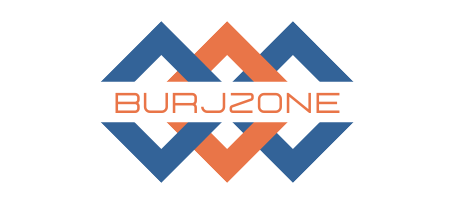Our Blog
Home / Blog
Chart of Accounts Best Practices for UAE Companies
A well-structured Chart of Accounts (COA) is the backbone of efficient financial management for companies across the UAE, including those based in Dubai, Abu Dhabi, Sharjah, and other emirates. Whether you’re a startup in Dubai Internet City or an established firm in Abu Dhabi, following best practices in designing your COA ensures accurate reporting, smooth audits, and compliance with UAE accounting standards.
This article explores essential COA best practices for UAE businesses in 2025.
1. What Is a Chart of Accounts?
A Chart of Accounts is a systematic listing of all the accounts your company uses to classify financial transactions. It includes assets, liabilities, equity, income, and expenses—forming the foundation for bookkeeping and financial statements.
2. Importance of a Well-Designed COA
A properly designed COA helps businesses:
Maintain consistent and clear financial records
Facilitate accurate VAT and corporate tax reporting
Streamline audit and compliance processes
Provide actionable insights for management decisions
3. Tailor Your COA to Your Business Needs
Align your COA with your company’s industry, size, and complexity.
Incorporate specific accounts for business activities common in the UAE, such as import/export, free zone operations, and service fees.
Use meaningful and descriptive account names for easy identification.
4. Maintain Simplicity and Consistency
Avoid overly complex account structures; keep the COA simple enough for easy use but detailed enough to capture necessary information.
Use consistent numbering patterns for account categories (e.g., 1000 for assets, 2000 for liabilities).
Standardize COA across multiple branches or subsidiaries in the UAE for uniform reporting.
5. Incorporate UAE Tax and Regulatory Requirements
Include dedicated accounts for VAT output, VAT input, and VAT payable/refundable.
Track corporate tax provisions and payments separately as per UAE tax law.
Ensure compliance with the International Financial Reporting Standards (IFRS) adopted by the UAE.
6. Regular Review and Updates
Periodically review your COA to accommodate changes in business activities or regulations.
Remove obsolete accounts and add new ones as your business evolves.
Update your COA before year-end to facilitate smooth auditing and tax reporting.
7. Use Accounting Software Compatible with UAE Standards
Choose accounting systems that support Arabic and English languages and comply with UAE VAT and tax regulations.
Leverage software features to automate account mapping and reporting.
Final Thoughts
Implementing best practices for your Chart of Accounts is crucial for maintaining clarity, compliance, and control in your UAE business finances. Whether you operate in Dubai Marina, Abu Dhabi’s financial district, or Sharjah industrial areas, a well-organized COA will support your growth and simplify financial management in 2025 and beyond.
#ChartOfAccountsUAE #UAEAccounting2025 #DubaiBusinessFinance #VATComplianceUAE #CorporateTaxUAE
#FinancialManagementSharjah #AbuDhabiAccounting #BusinessReportingUAE #AccountingBestPractices #UAEFinanceSystems
